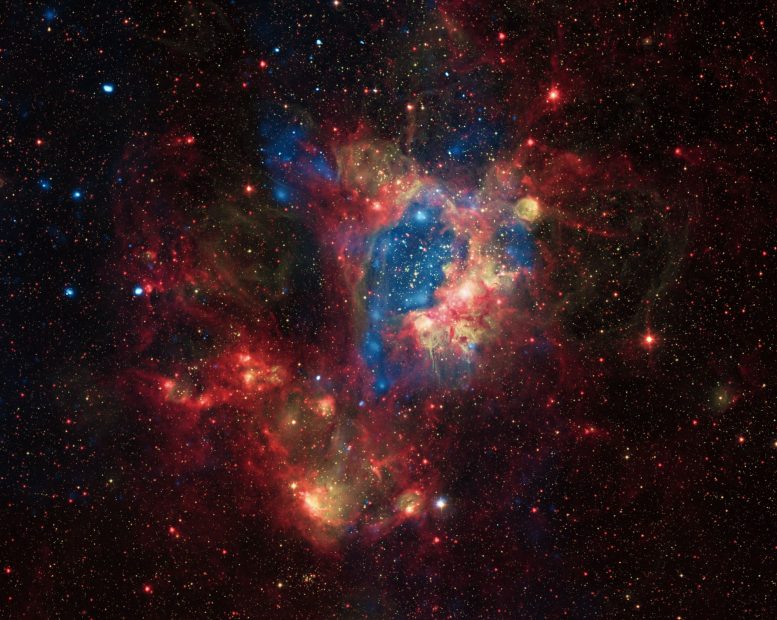
This composite image displays a superbubble within NGC 1929, a star cluster nestled within the N44 nebula located in the Large Magellanic Cloud. Credit: X-ray: NASA/CXC/U.Mich./S.Oey, IR: NASA/JPL, Optical: ESO/WFI/2.2-m
Using data from NASA’s Chandra X-ray Observatory, NASA’s Spitzer Space Telescope and the Max-Planck-ESO telescope, this composite image shows a superbubble in NGC 1929, which is a star cluster embedded in the N44 nebula found in the Large Magellanic Cloud.
This composite image shows a superbubble in the Large Magellanic Cloud (LMC), a small satellite galaxy of the Milky Way, located about 160,000 light years from Earth. Many new stars, some of them very massive, are forming in the star cluster NGC 1929, which is embedded in the nebula N44. The massive stars produce intense radiation, expel matter at high speeds, and race through their evolution to explode as supernovas.
The winds and supernova shock waves carve out huge cavities called superbubbles in the surrounding gas. X-rays from NASA’s Chandra X-ray Observatory (blue) show hot regions created by these winds and shocks, while infrared data from NASA’s Spitzer Space Telescope (red) outline where the dust and cooler gas are found. The optical light from the 2.2m Max-Planck-ESO telescope (yellow) in Chile shows where ultraviolet radiation from hot, young stars is causing gas in the nebula to glow.
A long-running problem in high-energy astrophysics has been that some superbubbles in the LMC, including N44, give off a lot more X-rays than expected from models of their structure. A Chandra study published in 2011 showed that there are two extra sources of the bright X-ray emission: supernova shock waves striking the walls of the cavities, and hot material evaporating from the cavity walls. The observations show no evidence for an enhancement of elements heavier than hydrogen and helium in the cavities, thus ruling out this possibility as an explanation for the bright X-ray emission. This is the first time that the data have been good enough to distinguish between different sources of the X-rays produced by superbubbles.
The Chandra study of N44 and another superbubble in the LMC was led by Anne Jaskot from the University of Michigan in Ann Arbor. The co-authors were Dave Strickland from Johns Hopkins University in Baltimore, Maryland, Sally Oey from University of Michigan, You-Hua Chu from University of Illinois and Guillermo Garcia-Segura from Instituto de Astronomia-UNAM in Ensenada, Mexico.
NASA’s Marshall Space Flight Center in Huntsville, Alabama, manages the Chandra program for NASA’s Science Mission Directorate in Washington. The Smithsonian Astrophysical Observatory controls Chandra’s science and flight operations from Cambridge, Massachusetts.

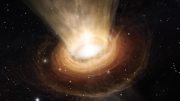



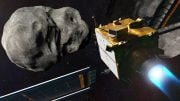
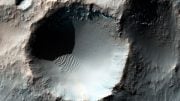
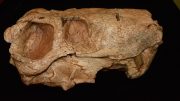
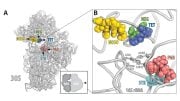
Be the first to comment on "A Superbubble in Star Cluster NGC 1929"